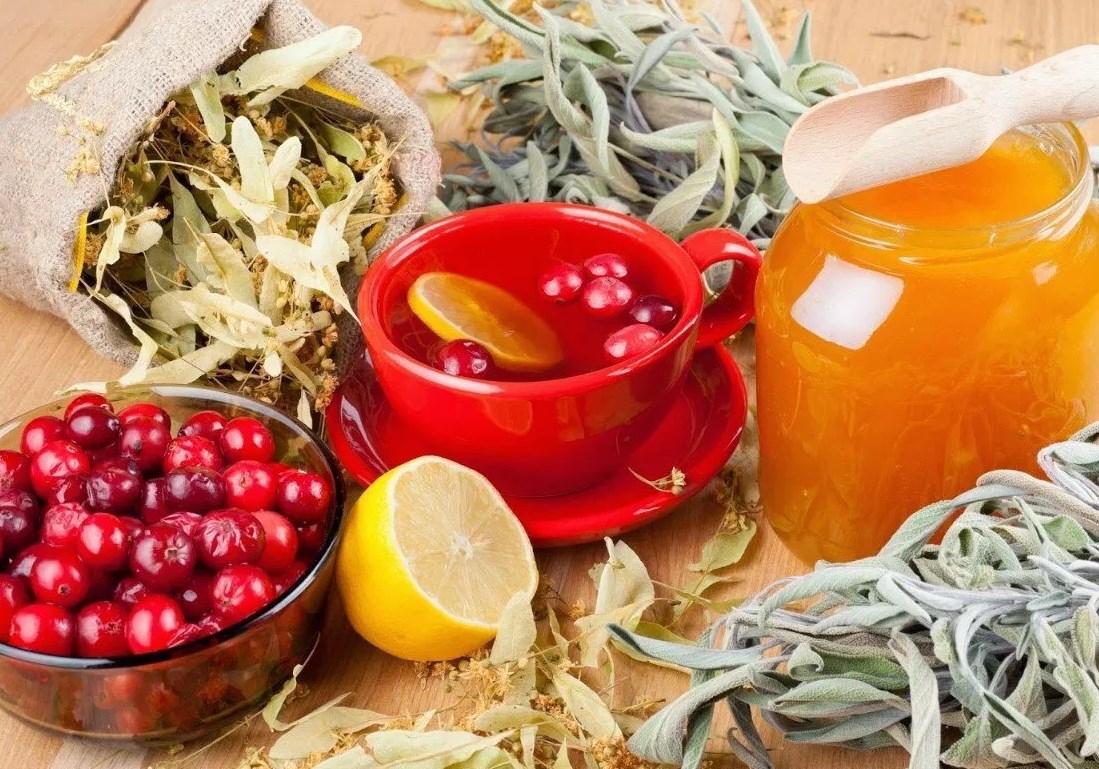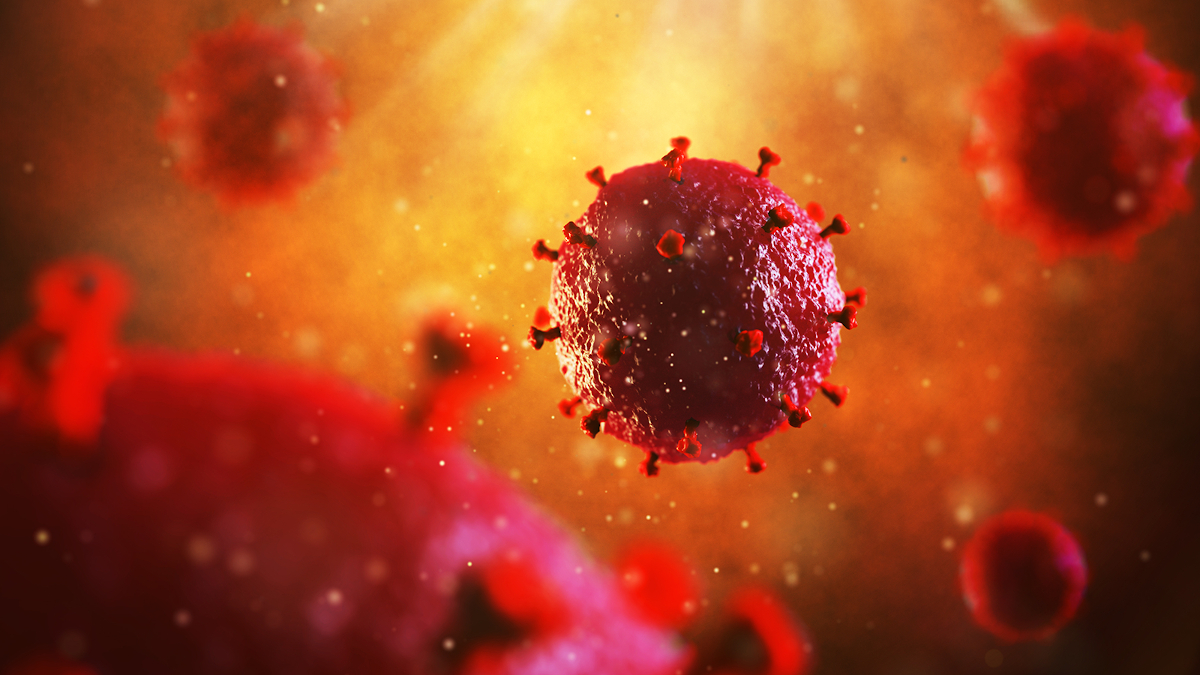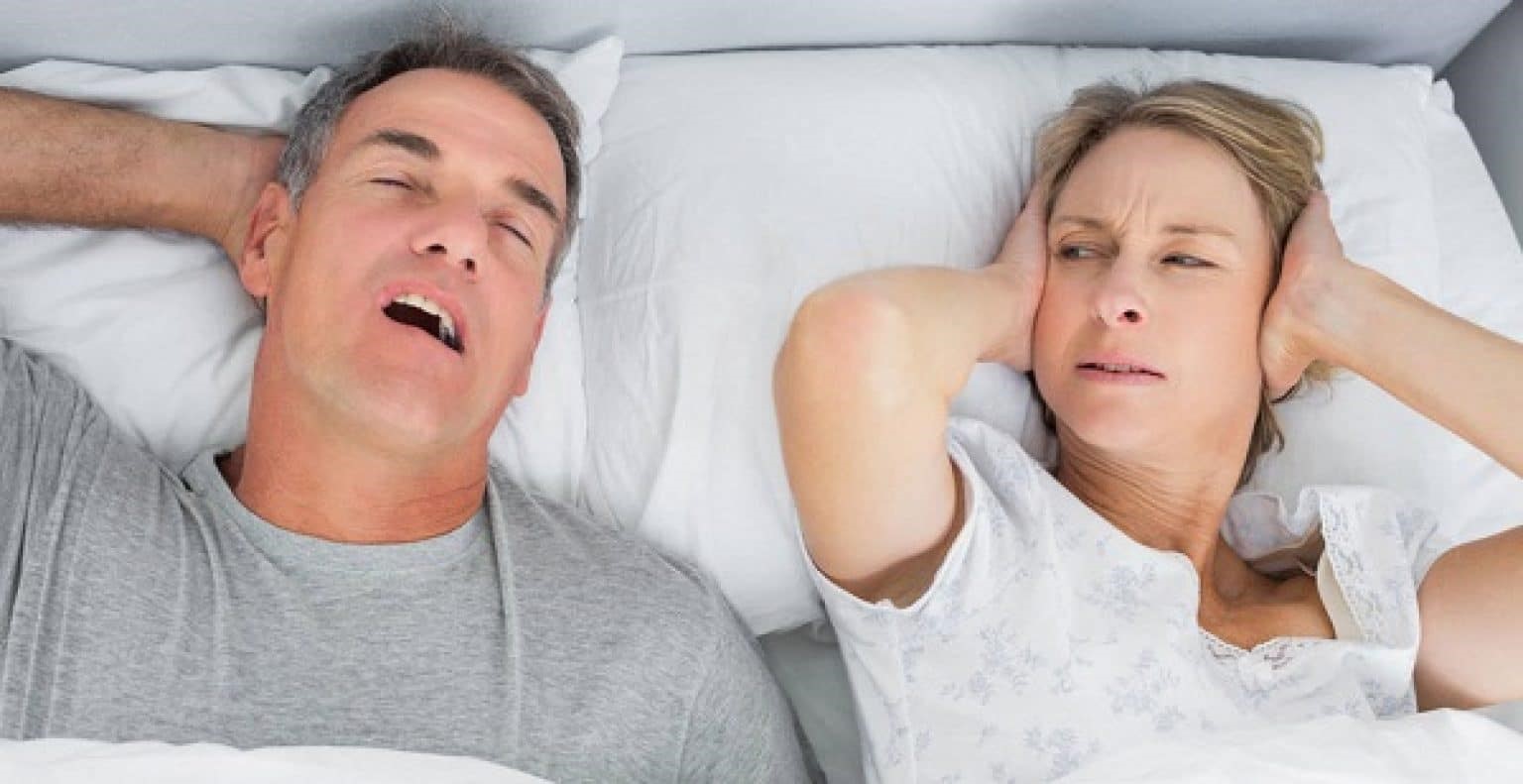“Pharmacy under your feet” – this is sometimes called the flora of our planet. And it’s true, many plants hide in their depths valuable biologically active substances that can affect human health. However, self-medication with infusions and decoctions can be just as dangerous as self-medication with pills. And in some cases, deadly. Why? Let’s figure it out.
The patient complains to the doctor about coughing. Physician’s orders: 2000 BC: “Here, eat the root.” 1000 AD: “These roots are sorcery, say a prayer.” 1850 AD: “These prayers are foolish superstition, drink this potion.” 1940 AD: “These potions are plain quackery, take this pill.” 1985 AD: “These pills don’t work, take this antibiotic.” 2000 AD: “This antibiotic is synthetic. Here, eat the root.” (Medical joke)
Excursion into history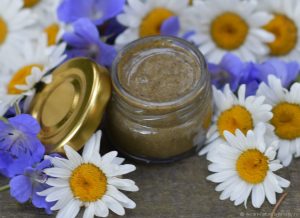
It is difficult to say how old herbal medicine (or herbal medicine, if scientifically) is. Considering that we literally walk on these medicines, we can assume that plant treatment is the same age as humanity. It is clear that in prehistoric times there were no reference books and electronic databases, knowledge was accumulated exclusively empirically. That is, by experience. A tribesman ate black berries from that bush and died – remember: the bush is poisonous. And I chewed on this grass and the gums stopped bleeding – remember: medicinal grass. This information was passed from mouth to mouth, from generation to generation. And by the time writing appeared, there was plenty of it.
The first records that have come down to us appeared among the ancient Sumerians, about 7000 years ago. Among the tablets discovered by archaeologists were medicinal prescriptions, recipes containing bay leaves, cumin and thyme. And if the medicinal properties of the first two plants were not confirmed over time (but their culinary capabilities were evaluated), then thyme is still used. And not only in dried form, but also as part of the antitussive drug Pertussin.
The first textbook on herbal medicine, authored by doctors of ancient China, included 365 different plants and several hundred recipes for their use. This work appeared in 2700 BC.
The famous Eberian papyrus, which dates back to 1550 BC, contained, in particular, the “Book of the preparation of medicines for all parts of the body.” About 900 different recipes were described in this ancient Egyptian pharmacopoeia. The Egyptians used onions, poppies, dates, aloe, pomegranate, grapes, papyrus. Some prescriptions contained up to 37 components.
The great doctors of Antiquity – Hippocrates and Galen – also contributed to the development of “plant medicine”. The work of the ancient Roman military doctor Dioscorides Pedanias De Materia Medica (“On Medical Matter”), created in the 1st century, was a desktop reference book for physicians over the next 1500 years. It contains systematic descriptions of over 600 medicinal plants.
The gifts of nature were also appreciated in Russia. So, in the Moscow state in the second half of the 17th century, a system was formed for the collection and procurement of medicinal plants for the sovereign’s pharmacies. Throughout the country, decrees were sent to governors to collect various herbs for which their lands were famous. From Tobolsk they brought St.
The duty was called “berry”, was considered state duty, and the death penalty was due for its non-fulfilment. And under Tsar Alexei Mikhailovich, the first pharmacy garden was laid out on the site of the current Alexander Garden. Then they appeared all over Moscow, with each of them a pharmaceutical laboratory was created, where plasters, ointments, syrups were prepared, which then went to pharmacies.
Medicinal plants are relevant in our time. They have their own articles in the State Pharmacopoeia, the pharmaceutical industry is engaged in the cultivation, processing and release of drugs based on them.
natural chemistry
Plants contain a lot of different substances. Firstly, rather active processes of biological synthesis are going on in the cells, and secondly, plants draw water and a large amount of organic and inorganic matter from the soil. Plants do not have a normally functioning excretory system, so all this natural chemistry does not go anywhere, but accumulates in roots, rhizomes, leaves, stems, flowers and fruits. Due to this feature, medicinal plants exist.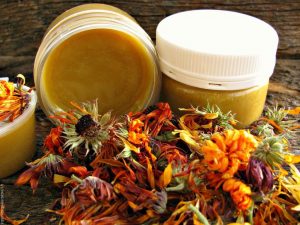
What researchers do not discover in plants! And alkaloids, and proteins, and alcohols, and acids, and polysaccharides, and fatty acids, and mineral salts, and vitamins, and trace elements. According to very rough estimates, more than 12,000 biologically active substances have already been isolated from plant materials. And scientists believe that this is at best only 10% of the chemical arsenals of the flora.
What are the advantages of the plant as a medicine?
First, the bioavailability of plant substances. Organic molecules are three-dimensional, not only the quantitative content of oxygen, carbon, hydrogen, nitrogen, etc. atoms is important. It is important how exactly they are distributed in space. A “correctly twisted” molecule will work as it should, because the enzymes of our body will fit into it like a key to a lock. And the “wrongly twisted” will turn out to be ballast and will come out unchanged.
Secondly, vegetable raw materials are available and quite cheap. Even in our time of troubles, briquettes of dried herbs, various collections, dried fruits cost mere pennies in comparison with other medicines in a pharmacy.
However, as we have already said, plants contain dozens, if not hundreds of different substances. Sometimes physicians manage to identify one or two main active principles. They are isolated, analyzed, and then learned to synthesize on an industrial scale. This is how modern medicine absorbs the experience of previous generations. We do not refuse the accumulated knowledge, but simply use it at a qualitatively new level.
“Plant” past, for example, has atropine. This drug is still used in civilian medicine, for example, by anesthesiologists in preparing patients for surgery, and in the military as an antidote for poisoning with FOV (organophosphorus poisonous substances). A solution of atropine is dropped into your eyes by an ophthalmologist when you come in for an eye exam.
Beautiful, mostly spring flowers gave life to a whole group of medicines. From adonis, foxglove, May lily of the valley, cardiac glycosides came to cardiology: digoxin, celanide, corglicon, etc.
And there are dozens of such examples: ascorbic acid (vitamin C), vinblastine (antineoplastic drug), morphine (narcotic pain reliever), caffeine (psychostimulant), camphor (respiratory analeptic) … The list will take more than one page.
At the same time, tinctures, infusions, decoctions and extracts are still widely used in the complex therapy of many diseases.
Poison Ambush
But when everything is so good, there must be a catch. Plants have more than enough of these tricks. The first and most basic is toxicity.
It is not from a good life that grasses, bushes and trees acquire chemical weapons. All and sundry eat them, but the plants have not learned how to run. The choice remains small: defend with thorns or acquire poison. Better, of course, both. For fidelity.
On the territory of the Russian Federation, at least 400 plant species are dangerous to life. And this is only from the known and described. Moreover, we receive most of the information, as in prehistoric times, after the fact, after the eater-experimenter ended up in toxicological intensive care.
On the one hand, plant poisons in the vast majority of cases enter our body through the mouth. That is, this is the least effective way in terms of killing. On the other hand, a significant poison-containing mass (berries, rhizome, “healing” infusion) usually enters the gastrointestinal tract. Therefore, no less people die through the fault of plants than through the fault of poisonous creatures.
However, are the plants really to blame? If we analyze all the cases, two large groups of victims are recruited.
The first ones ate henbane or pale toadstools simply out of ignorance – either they didn’t know what they were eating at all, or they confused it with something edible. This group has the most children. It is they who usually eat henbane and other “wolf” berries. Adults often confuse the hemlock rhizome with horseradish, and its leaves with parsley. In both the first and second cases, the chance of death is high. Spotted hemlock poison is the strongest plant toxin in our country.
Tell me, are potatoes poisonous? What about tomatoes? Who said no? Call the toxicological team, and let’s go try potato tops and tomato roots. Saponin poisoning leaves an unforgettable experience. It is for this reason that potatoes did not take root in Europe for a long time, until they figured out that only tubers needed to be eaten. And tomatoes decorated the royal greenhouses until it turned out that the fruits were edible.
The second group includes victims who tried to be treated with “folk” remedies. Either themselves, or by teaching illiterate herbalists and healers. Such people deliberately use aconite, hellebore, veh and other plants, the poisonousness of which has been known since ancient times. And they die in the second group with no less speed than in the first.
The reverse side of the coin: even an edible plant known to us can be poisonous. Even agriculture. As we have already said, plants can only accumulate substances; they cannot dump chemical “ballast”, even if it is harmful to the plant itself. Therefore, it is better not to eat raspberries growing near the railroad tracks. A plantain plucked from a busy highway is better not to close the wound.
All so changeable
The second catch on the part of plants is the variability of the qualitative and quantitative composition of biologically active substances.
The concentrations and specific list contained in the same plant may depend on the time of year, time of day, rainfall, number of sunny days and soil composition. And this is at least. In addition, the accumulation occurs unevenly: some substances are deposited in the leaves, others in the fruits, and others in the rhizome. Moreover, the peak concentration for each part of the plant is different.
That is, those who wish to collect plants on their own will have to find out and learn: from which plants in which month what part can be collected for harvesting purposes. But even here you can fail. It is never possible to say in advance which substances and in what concentrations are contained in a given particular plant. Not in general in St. John’s wort, but in a very specific specimen, plucked in a very specific place. No, an analytical chemist, armed with a bunch of equipment and reagents, will be able to tell the qualitative and quantitative composition. Actually, this is how the analysis of raw materials grown for the pharmaceutical industry takes place. But herbalists or lovers of self-treatment do not have such opportunities. And they will not be able to determine that in their familiar and known to ten generations of herbalists glade, plants have changed the ability to accumulate various chemicals.
Recognize me if you can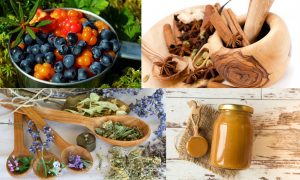
The third catch on the part of plants, which even professional biologists cannot always cope with: a medicinal plant must first be found and confidently identified. And it’s not as easy as it might seem at first glance.
Even in the city, on any lawn, you can find a whole sea of \u200b\u200bflowers with a yellow center and long white petals. “Daisies” – residents of neighboring houses confidently say. Many of them collect this plant, because chamomile decoction is a well-known and common antiseptic. But in fact, this is only a decoction of chamomile (Matricaria recutita). And what grows on the lawn is called common leucanthemum (Leucanthemum vulgare) and has nothing to do with medicinal plants. These are not only different species, but also different genera (although the family is the same – aster). However, there is also a pharmacy chamomile on the city lawn, if you look carefully. It’s just that it is an annual, there are not so many of it, it quickly sheds its petals, and the daisy does not shed its petals for a very long time and therefore is more noticeable.
Here is another “sweet couple”: quite a medicinal leuzea safflower (Rhaponticum carthamoides https://en.wikipedia.org/wiki/Rhaponticum_carthamoides) and at best useless penetrating thistle (Carduus nutans). And the following two plants are often confused with each other even by experts. Both are deadly poisonous. Only their poison is very different in terms of the principle of action, so help in each case should be different: poisonous milestone (Cicuta virosa) and spotted hemlock (Conium maculatum). And there are dozens, if not hundreds, of such pairs. In many cases, many fairly complex analyzes are required in order to accurately establish what kind of plant is in front of us.
The information in this section should not be used for self-diagnosis or self-treatment. In case of pain or other exacerbation of the disease, only the attending physician should prescribe diagnostic tests. For diagnosis and proper treatment, you should contact your doctor.
